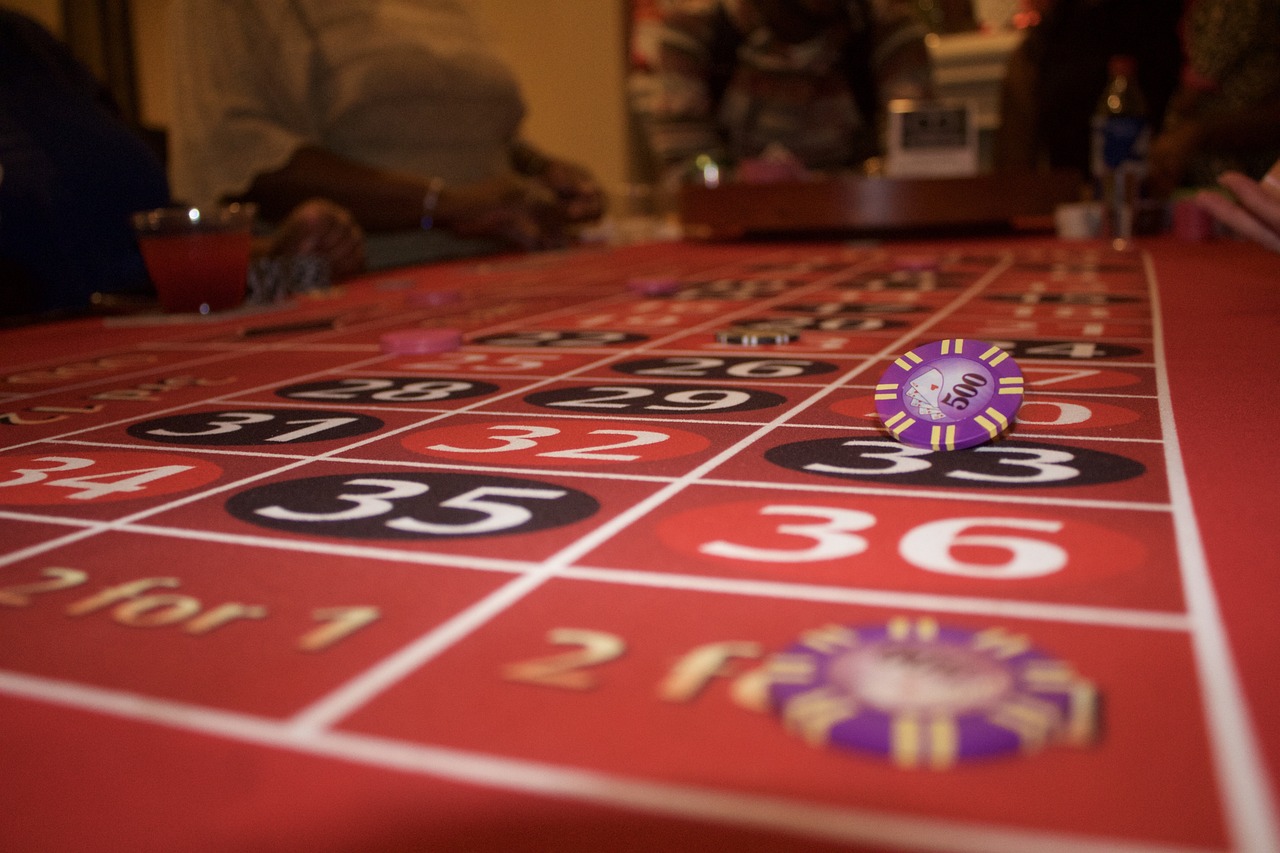카지노친구가 제안하는 2024년 주목할 만한 슬롯사이트 추천
슬롯사이트 추천 슬롯사이트 추천을 찾는 것은 어렵고 복잡할 수 있습니다. 올바른 선택을 위해서는 여러 요소를 고려해야 합니다. 가장 중요한 것은 사이트의 신뢰성과 안전성입니다. 카지노친구는 사용자들에게 안전하고 신뢰할 수 있는 슬롯사이트를 추천하기 위해 끊임없이 노력합니다. 우리의 추천 목록에 오른 사이트들은 엄격한 기준을 통과한 곳들이며, 사용자들에게 최고의 게임 경험을 제공하기 위해 지속적으로...















